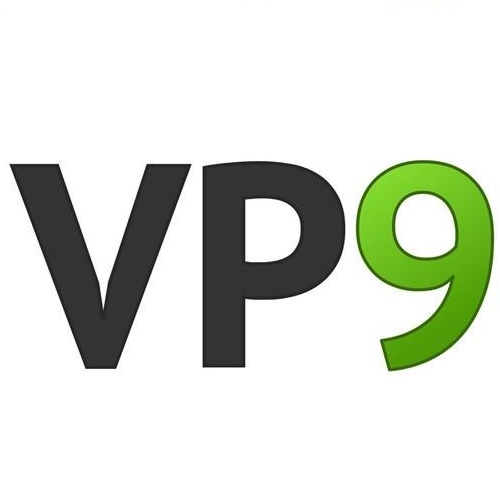Since the adoption of VP9 by Netflix in 2016, royalty-free coding standards continued to gain prominence through the activities of the AOMedia consortium. AV1, the latest open source standard, is now widely supported. In the early years after standardisation, HDR video tends to be under served in open source encoders for a variety of reasons including the relatively small amount of true HDR content being broadcast and the challenges in RD optimisation with that material. AV1 codec optimisation has been ongoing since 2020 including consideration of the computational load. In this paper, we explore the idea of direct optimisation of the Lagrangian $\lambda$ parameter used in the rate control of the encoders to estimate the optimal Rate-Distortion trade-off achievable for a High Dynamic Range signalled video clip. We show that by adjusting the Lagrange multiplier in the RD optimisation process on a frame-hierarchy basis, we are able to increase the Bjontegaard difference rate gains by more than 3.98$\times$ on average without visually affecting the quality.
翻译:自2016年Netflix采用VP9以来,AOMedia财团的活动继续突出免特许权使用编码标准。AV1是最新的开放源码标准,现在得到了广泛支持。在标准化后的最初几年,《人类发展报告》视频往往在开放源码编码器中服务不足,原因多种多样,包括《人类发展报告》真实内容的广播量相对较小,以及RD优化该材料的挑战。AV1编码优化自2020年以来一直持续,包括考虑计算负荷。在本文中,我们探讨了直接优化用于编码器费率控制中的Lagrangian $\lambda$参数的想法,以估计高动态区域标识视频剪动的最佳比率-扭曲交易。我们表明,通过调整RD选择过程的拉格兰奇乘数,我们可以在框架-等级基础上提高Bjontegaard的差异率增益幅度,平均增加3.98美元,而不会影响质量。




